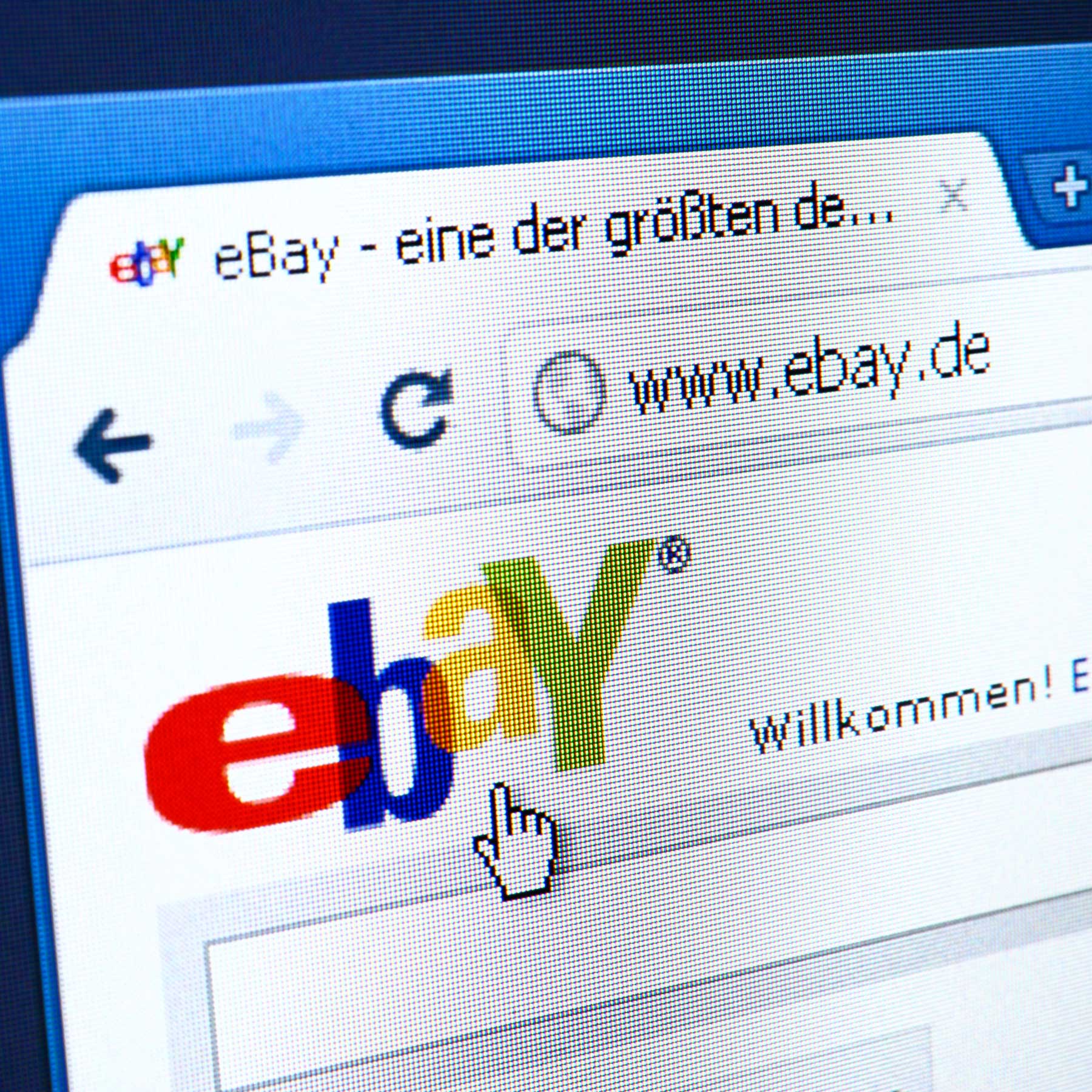16.09.2020
Evidentiary value of a “screenshot” in judicial proceedings

Each day, a large number of contracts are entered into on the internet. This is not done by delivering the offers, contractual documents, or general terms and conditions physically; instead, these documents can be retrieved online. A problem under evidentiary law arises if they are not stored or printed and then disappear from a hard disk or cache without leaving any trace. In such cases, it if often impossible to reconstruct beyond any doubt what information precisely was contained in the respective document or in the description on the internet, i.e. whether and how a contract was entered into and what its contents were. The Higher Regional Court of Jena (Germany) had to deal with the question of whether a screenshot taken of an offer made on an online marketplace, such as eBay, has any evidentiary value and if so, what this value is.
The Higher Regional Court’s decision on appeal was based on the first-instance judgment issued by the Regional Court of Gera (Germany) (Judgment of 24 July 2017, case no. 11 HK O 134/16). The case concerned claims for injunctive relief in the form of a cease and desist order for violations of competition law by a company distributing its products via eBay. The claimant alleged that the defendant’s offer on eBay failed to include proper instructions about the right of withdrawal and also other information prescribed by law. As evidence of these facts, the claimant presented a paper printout of a screenshot of the eBay offer to the judicial proceedings. The Regional Court of Gera held that the screenshot did not suffice as evidence that the defendant had been acting and advertising in the European Single Market and, therefore, dismissed the action on the grounds that it was impossible to ascertain whether violations of German or European unfair competition law had been committed, as the Court was convinced after taking further evidence that the only option left would be to retrieve the offer by accessing it from a third country.
In its decision on appeal of 28 November 2019 (case no. 2 U 524/17), the Higher Regional Court of Jena held that unlike a screenshot presented as a screen file, the printout of a screenshot on paper cannot be classified as an electronic document within the meaning of Section 371 (1) sentence 2 of the German Code of Civil Procedure (Zivilprozessordnung). This is only logical, as an electronic document is defined as a file that is stored on the main memory of a computer or on another data storage medium and can initially only be read electronically. If a file is printed on paper, the document becomes physical and can then also be read in an analogue form. The Higher Regional Court further held that in addition, the printout of a screenshot cannot be classified as a record or document within the meaning of Section 416 of the German Code of Civil Procedure. Under German civil procedural law, a record or document is a “declaration of thought” that has been reduced to a physical form by means of characters. Its contents are always available and need not be retrieved using technical equipment, which is why, unlike the electronic document, the record or document is considered to be marketable. Even though the contents of a screenshot can be read permanently once the screenshot has been printed on paper, it is doubtful that the screenshot itself is a declaration of thought – for example, an eBay offer as such. Ultimately, in the case in question, the screenshot is merely a digital copy of the offer; as a result, the analogue printout does not constitute a separate declaration of thought, either. Instead, the Higher Regional Court of Jena classified the submitted printout of the screenshot as an object to be inspected visually or, more precisely, as a surrogate for an object to be inspected visually within the meaning of Section 371 (1) sentence 1 of the German Code of Civil Procedure. According to the Higher Regional Court, the evidentiary value of the printed screenshot is, therefore, a matter that the court is free to assess and judge at its discretion pursuant to Section 286 (1) of the German Code of Civil Procedure to the extent that, like in the case in question, the evidentiary value is not increased by qualified signatures and/or electronic time stamps.
The situation is different with records or documents that have evidentiary value, i.e. records or documents that meet all of the following criteria: they are genuine and free from defects. According to the evidentiary rule set out in Section 416 of the German Code of Civil Procedure, such records and documents establish, irrespective of the opinion of the court, full proof that the declaration was made by the person that prepared the record or document. In this context it should be noted, however, that whether the contents of the record or document that has evidentiary value are correct, i.e. whether a legal transaction that is documented in the record or document has actually been concluded and also its precise contents, for example, is again a matter that the court is free to assess and judge at its discretion pursuant to Section 286 (1) of the German Code of Civil Procedure.
After a comprehensive assessment of the submissions as to the facts and the entire subject matter of the proceedings, the Higher Regional Court of Jena arrived at the conclusion that the screenshot did not suffice as evidence of a violation of German and European unfair competition law. Indications of an outdated cache, a box around the General Terms and Conditions that was not displayed in full on the screenshot, and a link at the end of the screenshot that did not fit the defendant’s eBay offer considerably reduced the evidentiary value of the screenshot. In the case in question, the sued company had thus made concrete factual submissions and demonstrated that the screenshot did not accurately show the actual design of the web page at the time of retrieval.
Where screenshots are intended to be used as evidence in court, it should be ensured that the screenshot shows the underlying document completely and beyond doubt. The evidentiary value must be examined comprehensively in the context of the entire subject matter of the proceedings. The screenshot must not be contradictory, and its contents must not be distorted or reduced. In order to avoid any doubt, it is also helpful to ensure the screenshot includes information about the issuer’s identity in the form of a qualified signature (cf. Sections 371a, 371b of the German Code of Civil Procedure) or information about the date of creation, in particular in the form of an electronic time stamp (within the meaning of Article 41 (2) of the European eIDAS Regulation).

Dr Stephan Bausch, D.U.
Partner
Cologne
stephan.bausch@luther-lawfirm.com
+49 221 9937 25782